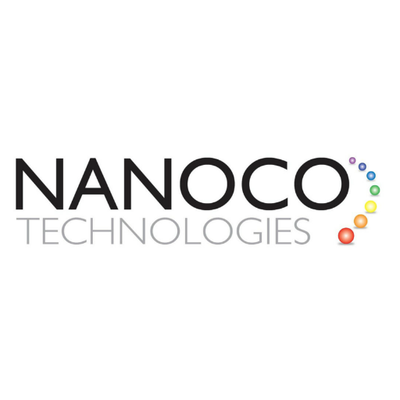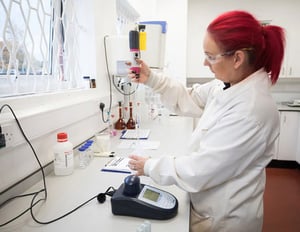A quiet reordering of imaging technology is unfolding behind the scenes, where the boundary between visible and infrared is beginning to blur. Not with a show of force, but through subtle compatibility, a shift is underway that could recast what image sensors are capable of, and who gets to use them.
The story begins with the short-wave infrared spectrum, SWIR, a range long prized for its ability to reveal details invisible to the naked eye. Traditionally, SWIR imaging has required exotic, expensive materials like indium gallium arsenide, placing it firmly in the domain of aerospace, defence, and high-end industrial equipment. But that exclusivity is now being challenged by an unexpected convergence: the merging of quantum dot materials with conventional silicon processes.
The innovation lies in colloidal quantum dots that are engineered to absorb light in the 1,200 to 1,800 nanometre range, perfectly suited for SWIR, but that also bond seamlessly with the CMOS infrastructure already used to produce billions of image sensors each year. Rather than replace silicon, this approach layers new capabilities onto it, allowing infrared sensitivity to piggyback on the economies of scale and manufacturing familiarity of standard chipmaking.
For investors, the implications are profound. SWIR sensing could move from a rarefied feature into mainstream devices, no longer limited to satellites or factory robots, but woven into smartphones, augmented reality headsets, cars, and wearables. In automotive contexts, the ability to see through fog or detect road surface variations under challenging conditions becomes feasible. In mobile phones, facial recognition and material detection gain an edge. And in industrial and healthcare settings, non-invasive monitoring and inspection techniques can tap into new wavelengths without the need for costly hardware overhauls.
The integration is not hypothetical. These quantum dots are being adapted for wafer-level deposition processes, meaning they can be applied at scale during chip fabrication. That means no exotic substrates, no rare materials, just silicon plus a new layer of function. The entire stack remains compatible with existing cleanroom tools, reducing time to market and production costs. It’s a practical route to enabling dual-mode sensors that capture both visible and SWIR images, using the same chip footprint.
Importantly, the materials themselves are designed with regulation and sustainability in mind. Free from toxic elements like lead or arsenic, these dots support the growing demand for safer, environmentally compliant tech. In a world where green credentials increasingly influence procurement and partnership decisions, this matters.
The range of applications is wide, but the opportunity lies in the systems that can now afford SWIR. Consumer electronics, smart industrial tools, digital health monitors, all stand to gain from enhanced sensing without radically altering their designs or bills of materials. For those assessing long-term positioning, the narrative is less about speculative science and more about supply chain readiness, manufacturability, and fit within maturing tech ecosystems.
Execution remains critical. The technology must scale from lab conditions to high-throughput production. Integration partners need to validate performance and reliability in complex systems. And end-product designers must find compelling use cases that justify inclusion. But as these barriers fall, SWIR could quietly become a standard feature, much like how GPS or high-resolution cameras transitioned from specialist to ubiquitous.
This is the kind of inflection that rarely makes headlines but reshapes value chains over time. It’s a shift not in headline performance, but in platform potential. By embedding infrared into silicon itself, this development promises to unlock new layers of functionality without raising costs or complexity.
Nanoco Group PLC (LON:NANO) leads the world in the research, development and large-scale manufacture of heavy metal-free nanomaterials for use in displays, lighting, vertical farming, solar energy and bio-imaging.





































